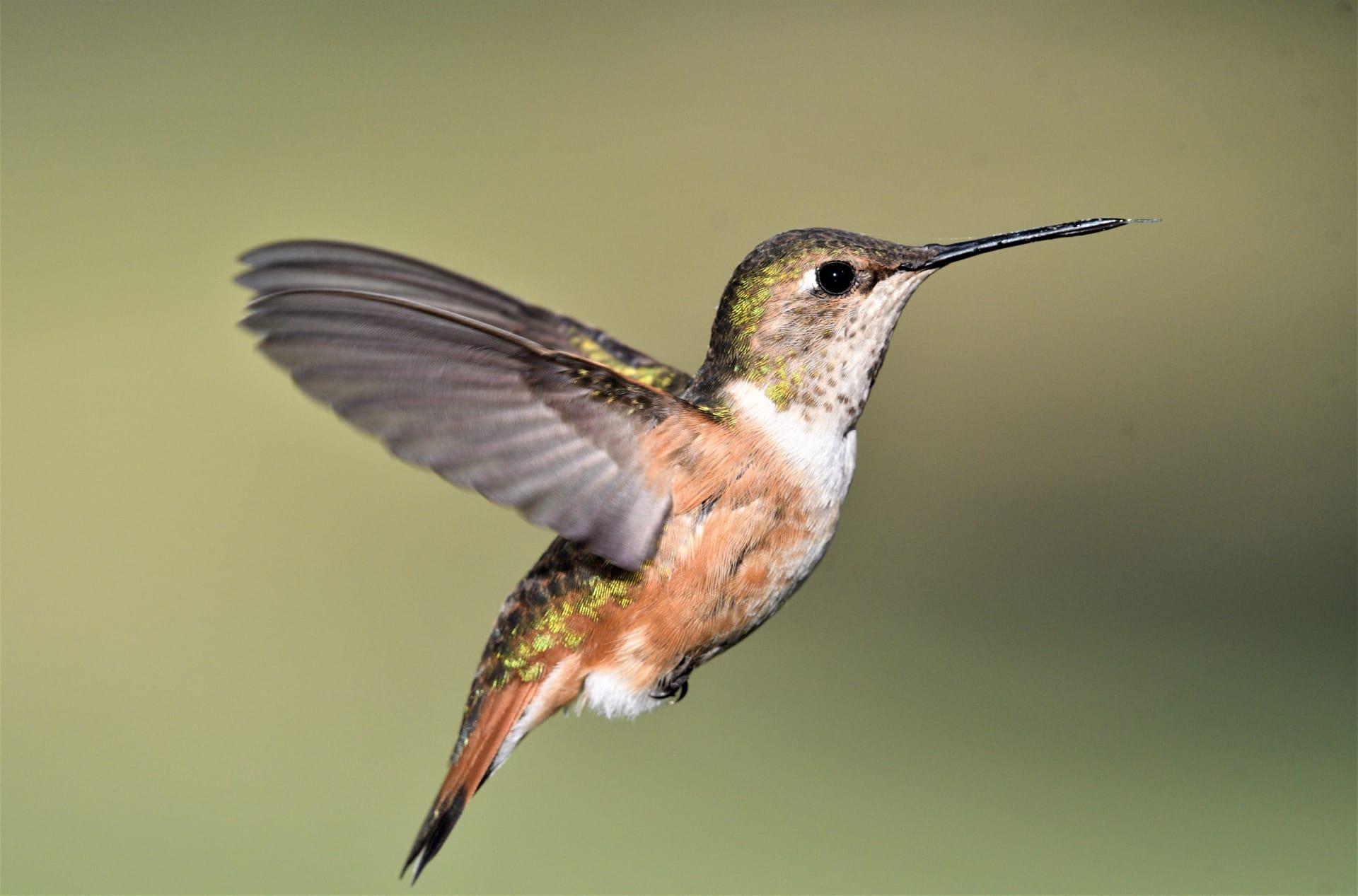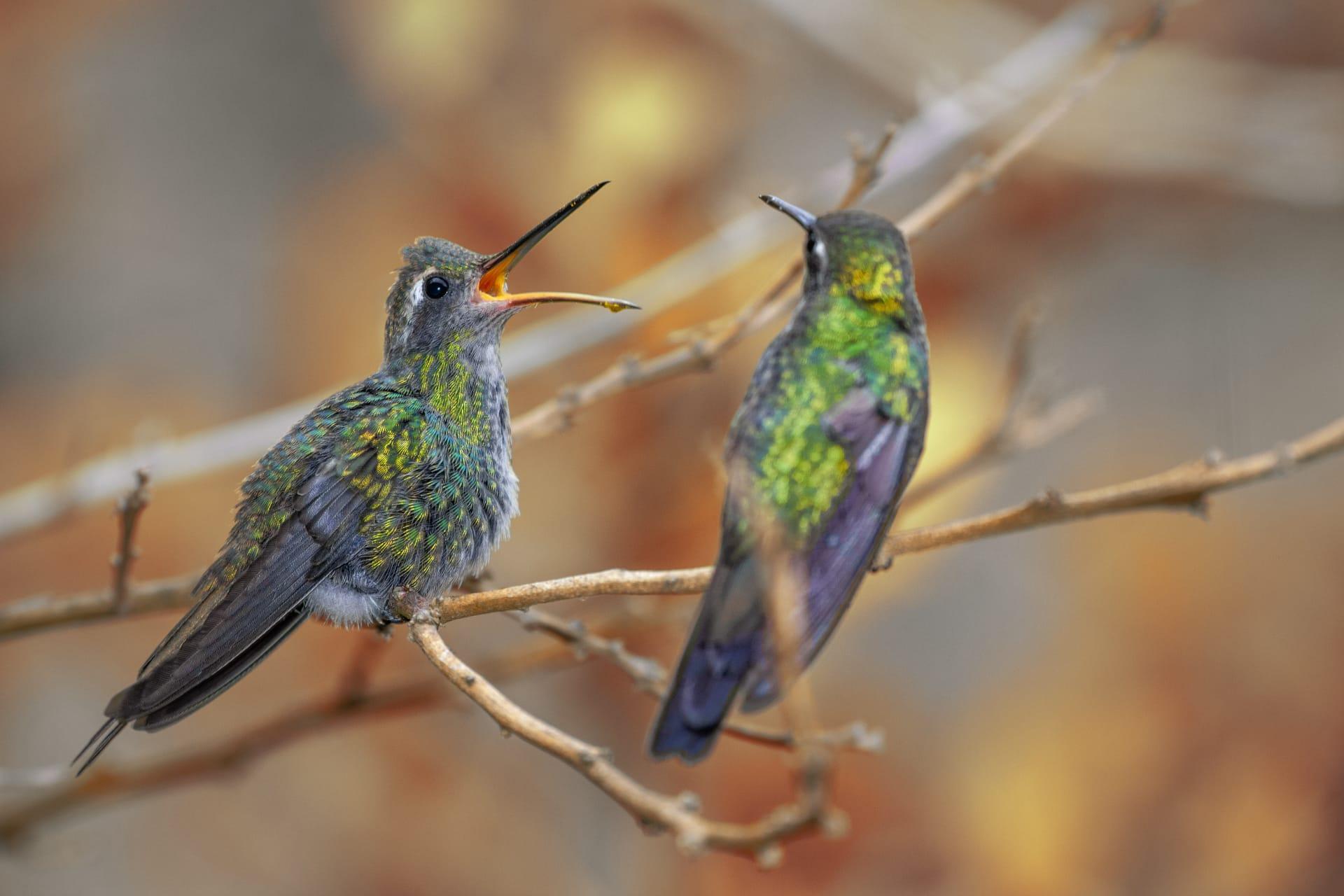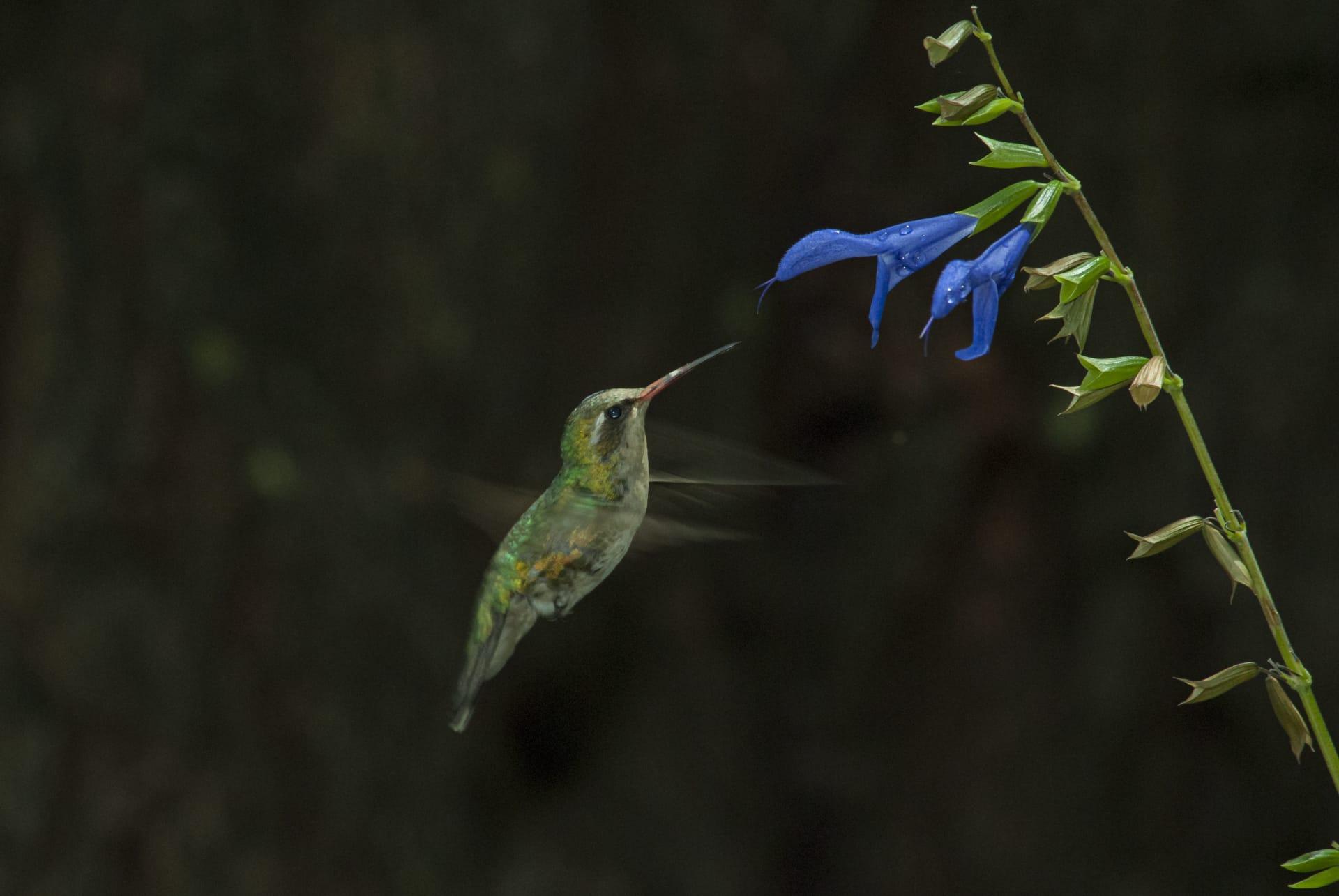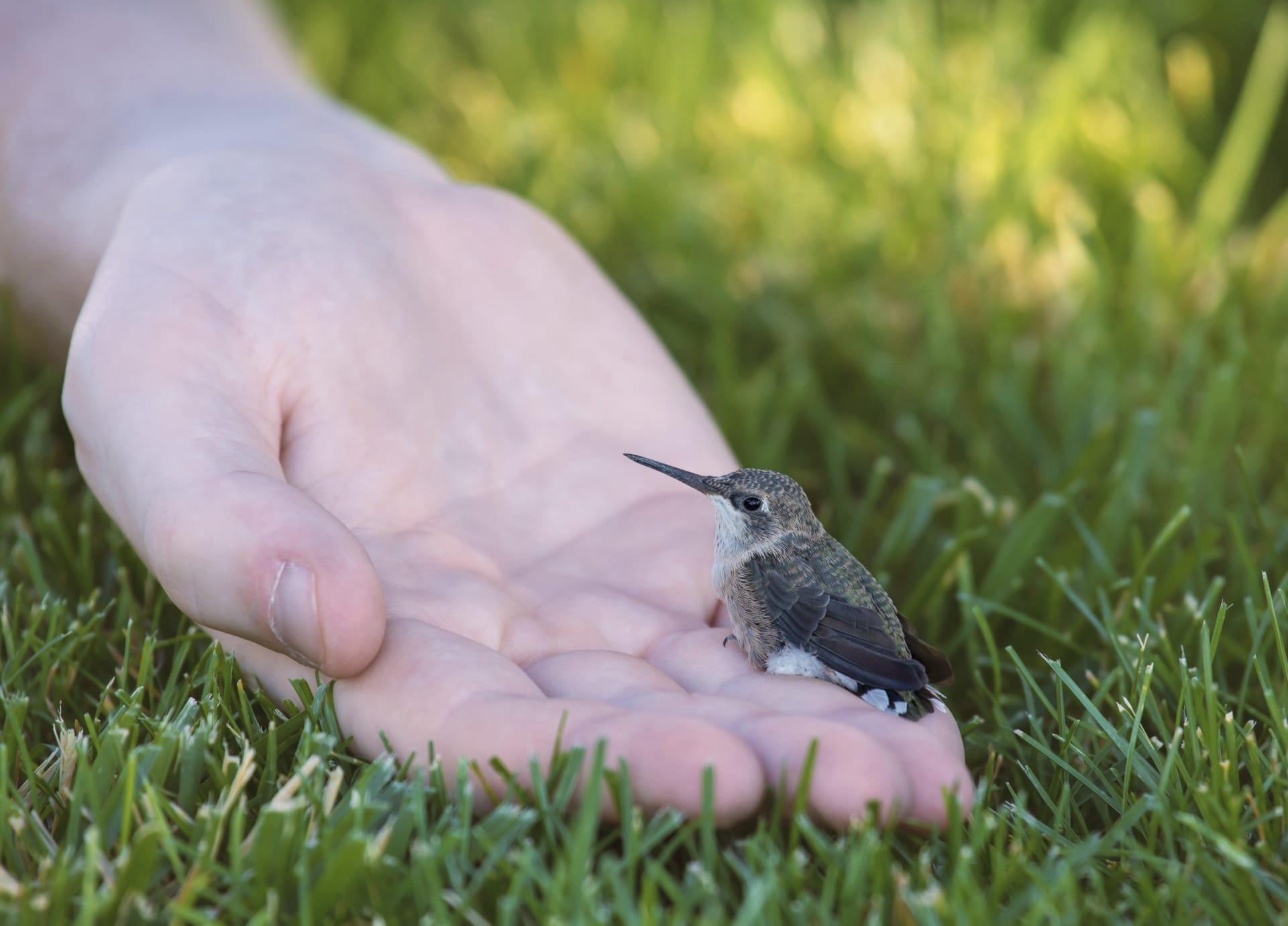Hummingbird Trivia
- Home /
- Trivia Question /
- Animal /
- Hummingbird Trivia
1
Question: How fast can a hummingbird fly, and what makes this speed possible?
Answer: Hummingbirds can reach speeds up to 30 miles per hour in normal flight and up to 60 miles per hour in a dive. This impressive speed is possible due to their unique wing structure, which allows them to move their wings in a figure-eight motion, providing both lift and propulsion. Additionally, their rapid wingbeat, averaging around 50 beats per second, contributes to their agility and speed.
Question: What is the heart rate of a hummingbird, and how does it support their intense flying activities?
Answer: A hummingbird's heart can beat up to 1,260 times per minute during flight. This rapid heart rate supports their high metabolism, necessary for their energetic flying style. At rest, their heart rate can still be as high as 250 beats per minute. This fast-beating heart ensures efficient circulation and oxygen supply to their muscles, enabling their endurance and agility in flight.

2
Question: Do hummingbirds really never stop flying?
Answer: Contrary to popular belief, hummingbirds do rest. They spend about 80% of their time perching on twigs or branches, conserving energy for their high-intensity flying. They can also enter a torpor at night, a hibernation-like state where their metabolic rate significantly slows down.
Question: Is it true that hummingbirds only live for a year or two?
Answer: This is a misconception. While many hummingbirds don't survive their first year due to predation and harsh environments, those that do can live much longer. The average lifespan of a wild hummingbird is 3 to 5 years, but some species can live over a decade, with the record being a banded Broad-tailed Hummingbird that lived for 12 years.

3
Question: How far can hummingbirds migrate, and what drives these migrations?
Answer: Some hummingbird species embark on incredible migrations. For example, the Ruby-throated Hummingbird migrates up to 3,000 miles between Central America and North America. These migrations are driven by seasonal changes and the search for food, particularly flowering plants and insects.
Question: What is the role of a hummingbird's diet in their energy levels?
Answer: Hummingbirds primarily feed on nectar, which provides the high sugar content they need for energy. They also eat insects and spiders for protein. Their diet is carefully balanced to maintain their high metabolism. They can consume up to half their body weight in sugar each day, visiting hundreds of flowers to meet their energy needs.

4
Question: Can hummingbirds walk or hop?
Answer: Hummingbirds are not designed for walking or hopping. Their leg muscles are small and adapted for perching, not for locomotion on the ground. They generally prefer to fly, even short distances, as flying is more efficient for them.
Question: How do hummingbirds sleep, and does it differ from other birds?
Answer: Hummingbirds sleep by entering a torpor, a state where their metabolic rate drops significantly. This conserves energy, crucial given their high metabolism. During torpor, their body temperature can drop to near ambient levels, and their heart rate and breathing slow down. This state is more profound than the sleep of many other bird species.

5
Question: What are the unique features of a hummingbird's tongue, and how do they aid in feeding?
Answer: A hummingbird's tongue is long and tube-like, adapted for reaching deep into flowers to access nectar. It works on a nectar-trapping principle, where the tongue's tip splits into two and curls into a tube as it enters the nectar. Capillary action helps draw the nectar up the tongue into the mouth, allowing efficient feeding.
Question: How do hummingbirds contribute to the ecosystem, particularly in pollination?
Answer: Hummingbirds play a crucial role in pollination. As they feed on nectar, they inadvertently transfer pollen from one flower to another. This makes them important pollinators, especially for plants that are specifically adapted for pollination by hummingbirds, featuring bright, tubular flowers that are attractive to these birds.